00:00 start16:49 why reject organized religion35:22 ‘the centre’ is an illusion39:12 no relationship between me and truth49:27 it’s absolutely worthless53:20…
Category: futurism – Page 371

Zuckerberg slams Apple Vision Pro, says Quest 3 is better in every way
Apple’s Vision Pro may have dazzled the world with its stunning display and sleek design, but not everyone is convinced it’s the best headset on the market. One of its biggest rivals, Meta CEO Mark Zuckerberg, has some pinching words for the device and its maker.
So why is Quest 3 a better overall product according to Zuck?
Zuckerberg took to Instagram on Tuesday to share his thoughts on the Vision Pro, which he tried out for himself. He compared it to Meta’s Quest 3, the latest version of the popular standalone VR headset. He filmed the video using the Quest 3’s video passthrough feature, which lets users see the real world in color through the headset’s cameras.
ChatGPT: Everything you need to know about the AI chatbot
You’ll soon be able to tell ChatGPT to forget things — or remember specific things in future conversations.
Here’s a ChatGPT guide to help understand Open AI’s viral text-generating system. We outline the most recent updates and answer your FAQs.
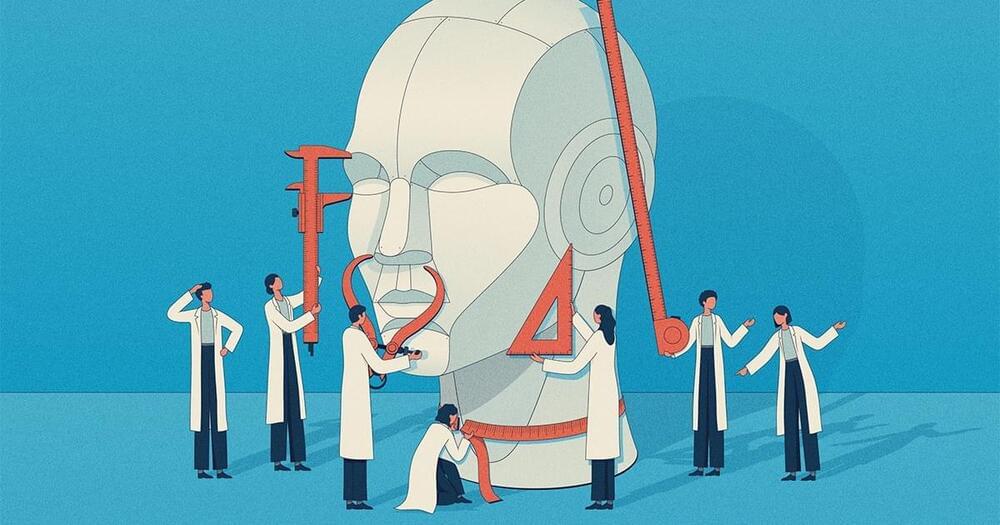
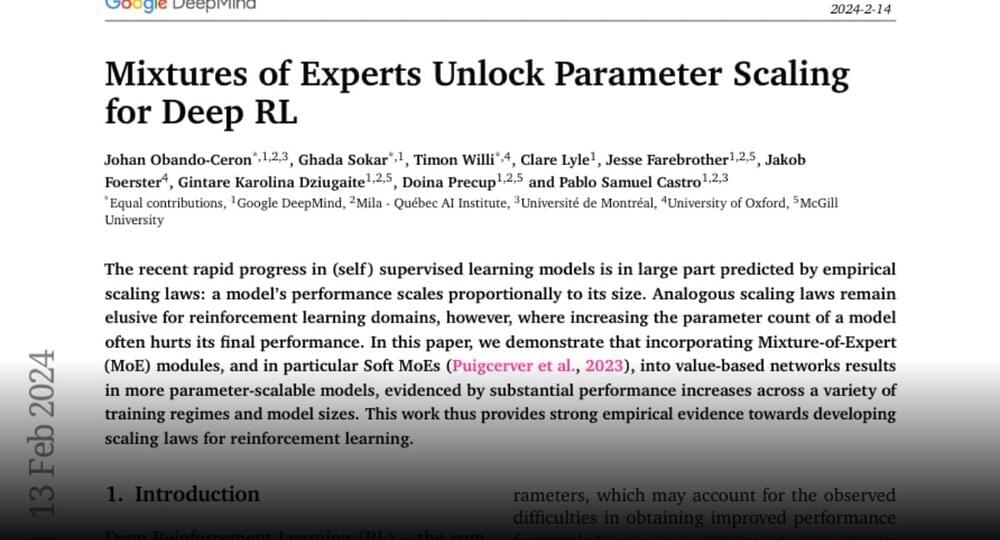
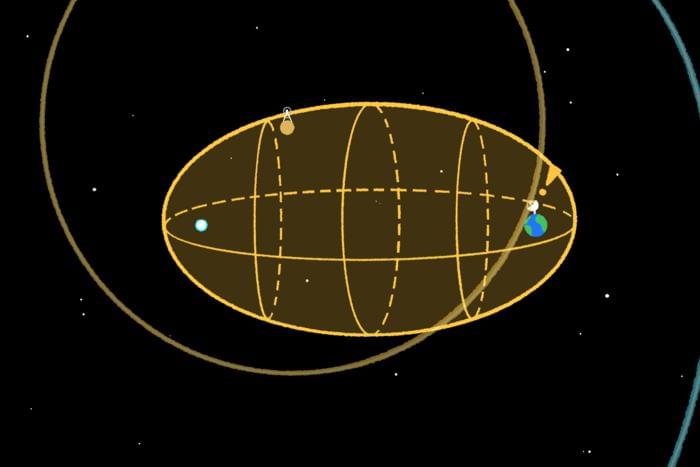
Unlocking the Cosmos: The SETI Ellipsoid Approach to Technosignature Detection
“New surveys of the sky provide groundbreaking opportunities to search for technosignatures coordinated with supernovae.” said Bárbara Cabrales.
Are we alone in the universe? This longstanding question is what the SETI (Search for Extraterrestrial Intelligence) Institute has been trying to answer for decades as its vast array of radio telescopes continues to scan the heavens for signs of intelligent life beyond Earth, also known as technsigatures. Now, a team of researchers led by the Berkeley SETI Research Center have developed the SETI Ellipsoid with the hope it will offer greater opportunities for identifying technsigatures from intelligent civilizations throughout the cosmos. These findings were recently published in The Astronomical Journal and hold the potential to help scientists better understand the necessary criterion for finding intelligent life beyond Earth.
For the study, the researchers began by hypothesizing that intelligent civilizations could use what’s known as a Schelling point (more commonly called a focal point) during supernovae events as an opportunity to broadcast coordinated signals announcing their existence to the cosmos. The researchers then compared this criterion to data from NASA’s TESS (Transiting Exoplanet Survey Satellite) spacecraft, finding the criterion matched 5 percent of TESS data. After searching through the data using their new SETI Ellipsoid method, the team identified zero technosignatures, but noted this new method could provide unique opportunities for identifying technosignatures in the future.
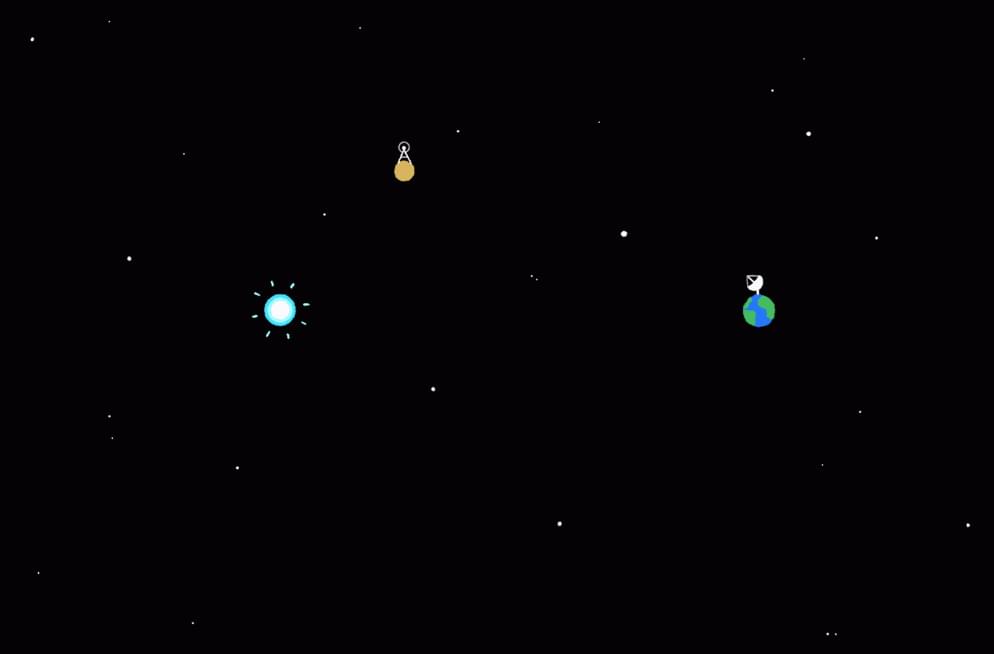
Animation of the SETI ellipsoid with Earth at the far right and a potential technosignature civilization at the upper left. (Credit: Zayna Sheikh)

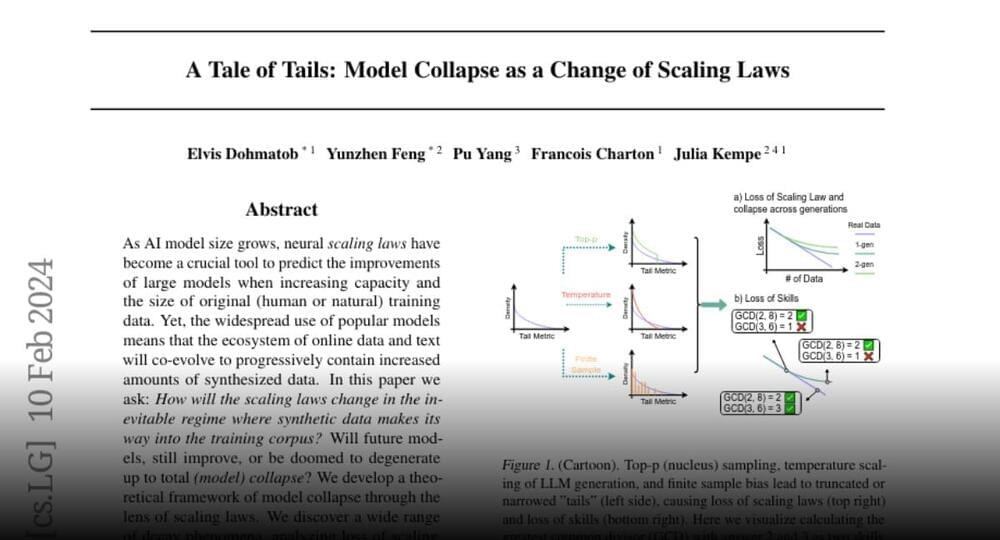
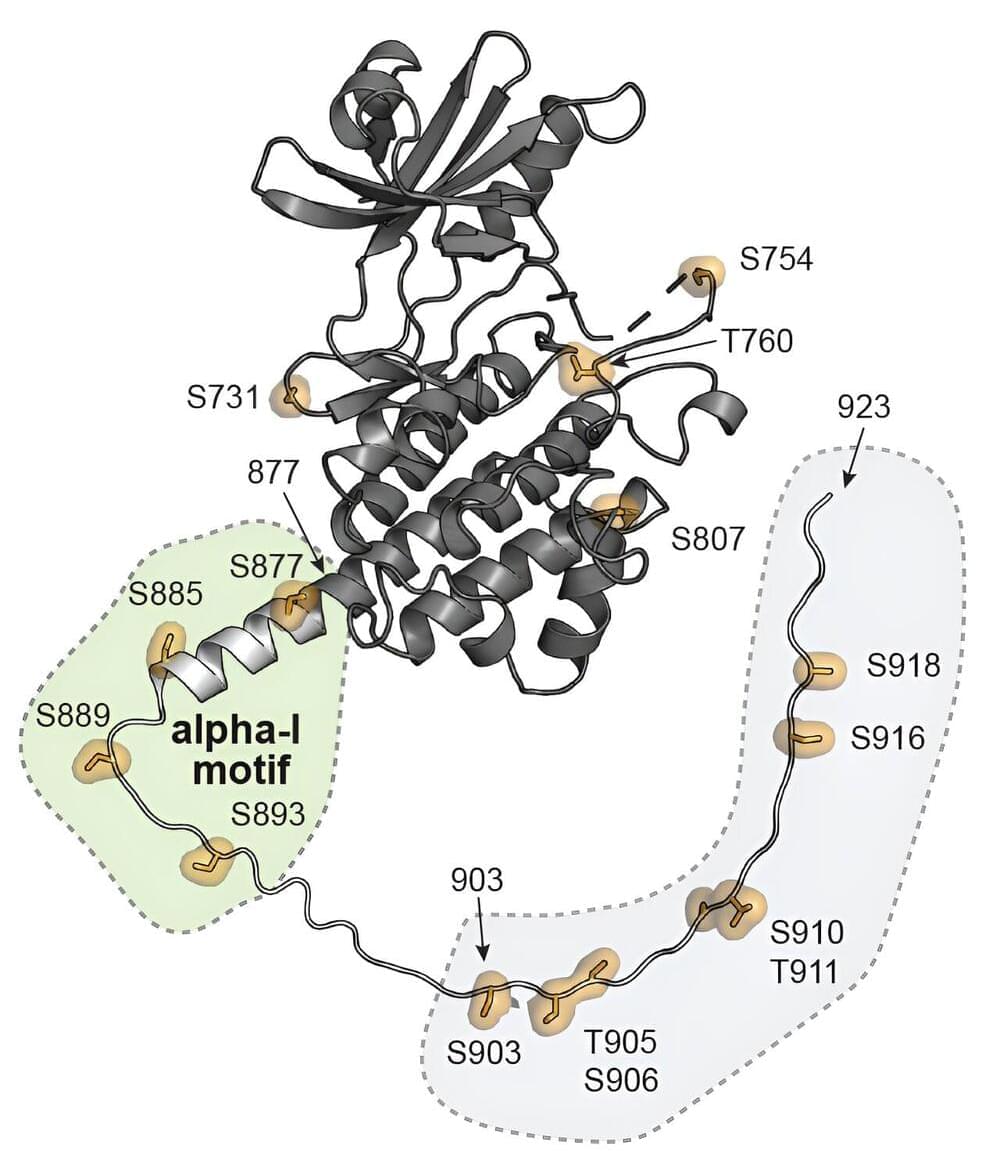
Researchers uncover a key link in legume plant-bacteria symbiosis
Legume plants have the unique ability to interact with nitrogen-fixing bacteria in the soil, known as rhizobia. Legumes and rhizobia engage in symbiotic relations upon nitrogen starvation, allowing the plant to thrive without the need for externally supplied nitrogen.
Symbiotic nodules are formed on the root of the plant, which are readily colonized by nitrogen-fixing bacteria. The cell-surface receptor SYMRK (symbiosis receptor-like kinase) is responsible for mediating the symbiotic signal from rhizobia perception to formation of the nodule. The activation mechanism of the receptor was until recently unknown.
In this study, appearing in Proceedings of the National Academy of Sciences, researchers have now identified four essential phosphorylation sites that act as the catalyst for the symbiotic relationship between legume plants and nitrogen-fixing bacteria. The initial steps of the symbiotic pathway at the cell surface are well characterized; however, understanding of how the signal is relayed downstream has eluded the research field for years.
